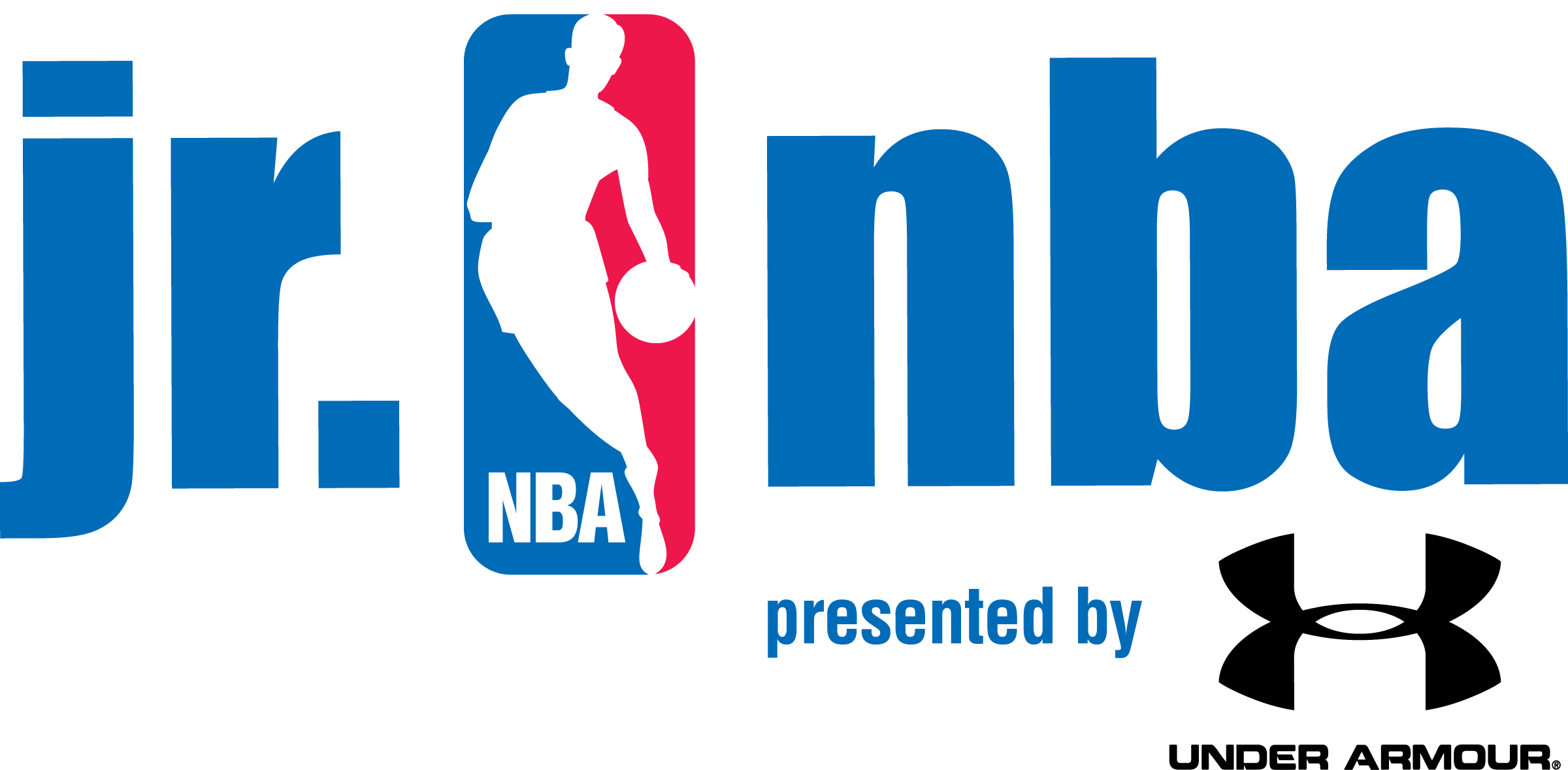
Basketball on the Edge – The Beauty of Changing Speeds
Not every move you make as a player out on the basketball court needs to be done at full speed. Counterintuitive, I know. You may be asking yourself, “I’m supposed to play as hard as I can and give 100% effort, what do you mean I shouldn’t always go full speed?” The single best way to improve your efficiency as an offensive basketball player is to learn to be constantly on the move, changing speeds in short bursts. This applies to situations both when you have the ball and when you don’t.
Most young players have one speed with the ball: full speed. Let me describe a situation that you often see in a youth basketball game. A young player will get a defensive rebound and then take off towards the other end of the floor. They are moving so fast that they are nearly out of control. If they don’t turn the ball over before they make it to their basket, they are off-balance and can’t get a good shot off anyway. As players get better they learn to slow down and control their movements on the court. Yes, there are times, like on a breakaway layup, where going full speed is important, but the real trick to becoming a good offensive basketball player is to learn how to change speeds.
Moving without the Ball
As an offensive player you have a distinct advantage over your defender. You know what you are going to do. The defense can only react to try to counter your initial move. Let’s talk first about moving without the ball when you are on offense and how the concept of changing speeds can help you get open. You don’t have to sprint constantly and run until you are out of breath in order to get open. What you need to do is keep moving constantly at varying speeds. The word I like to use is float. You are floating to different spots on the court and then hitting your defender with a burst of speed to pop out and get the ball or cut to the basket. Most defenders will relax as you are floating. They may get out of their stance, they may stare at the ball and lose sight of you, or they may just relax for a split second. When those things happen that is your time to hit them with a short burst of speed to get open and catch the ball. This concept is called “Float then Fast”. Learning which way to move in relation to your defender takes time and experience to learn, but if you remember to float and then go fast you’ll go a long way towards improving your ability to move without the ball.
Remember, there is a difference between “floating” and “dancing”. Floating means constantly moving to different areas on the court so your defender has to move with you. Dancing means you are standing in one place taking just a step or two in either direction. A dancer is easy to guard, the defender doesn’t even have to move. Don’t be a dancer without the ball, learn “Float and Fast” to get open and receive a pass.
Use a V-cut
The v-cut is a simple move to get open where the offensive player takes the defender in the opposite direction of where they want to end up on the court. A player might v-cut from the wing to the block and then pop back out to the wing to receive the pass. If the offensive player sprints to the block and sprints back out the defender stays engaged and goes hard to stay with the offense. If the offensive player floats to the block and then hits the defender with a burst of speed, they are much more likely to get open. The defender relaxes as the offensive player moves slowly. They don’t know that the offensive player is about to shift gears with a quick burst of speed. The offense has the advantage of knowing where they want to go. The change of speed creates the split second of space the offensive player needs to get open and catch the ball.
The Ball is in Your Hands
Once you catch the ball, the same concepts apply. If everything you do with the ball is at full speed, defenders can stay with you because they know what to expect. Think of a major league baseball pitcher. Even one that throws 100 mph can be hit if the batter knows what’s coming. That’s why pitchers need to be able to throw a changeup or curve ball to keep the batters off balance. The same concepts apply when you have the ball. Catch the ball and square up to the basket, slow down and look at what is going on. Then, make a quick move past your defender. As you approach a defender while you are dribbling come at them at varying speeds and then accelerate out of your dribble move to penetrate the defense.
Players that constantly change speeds are a nightmare to defend. The defense never knows what to expect and is constantly kept off balance. Good players keep their opponents guessing about what is coming next. Without the ball, learn to constantly float to different spots on the floor and then go fast in quick bursts to get open. With the ball, remember that going hard doesn’t mean going full speed at all times. Quick bursts will get you where you want to go. You don’t have to be the fastest player on the court to get open and score, you just have to understand how to change speeds.


